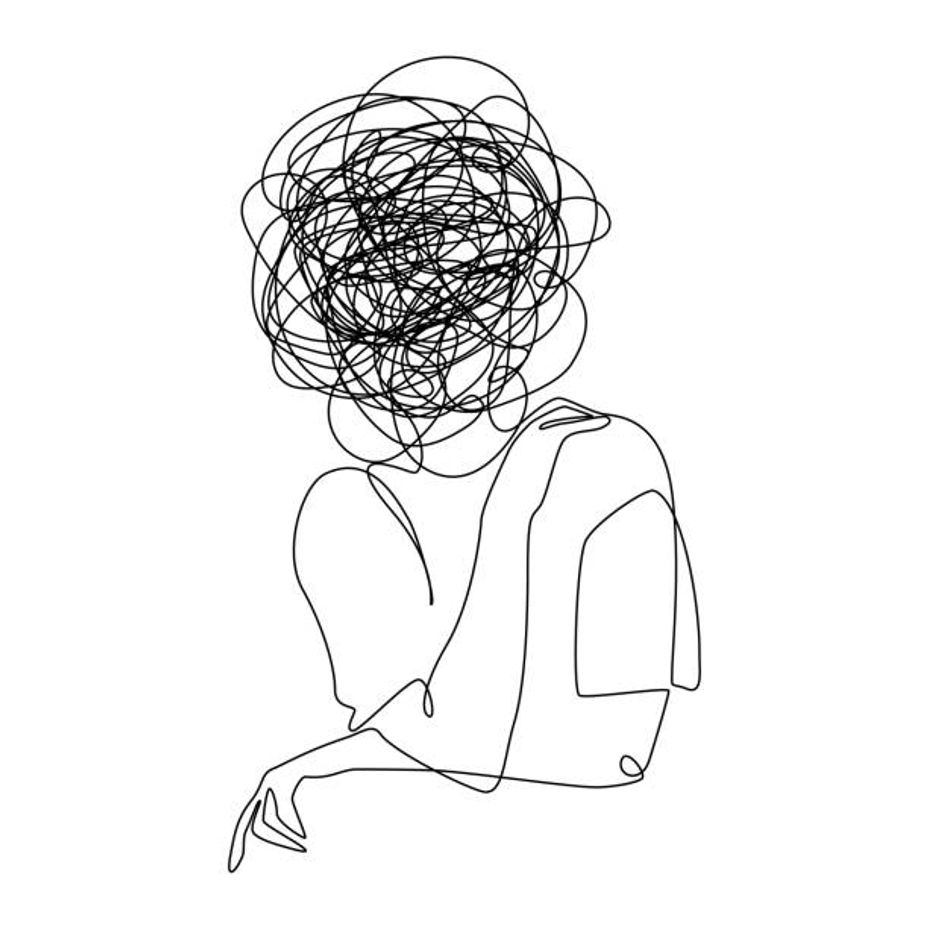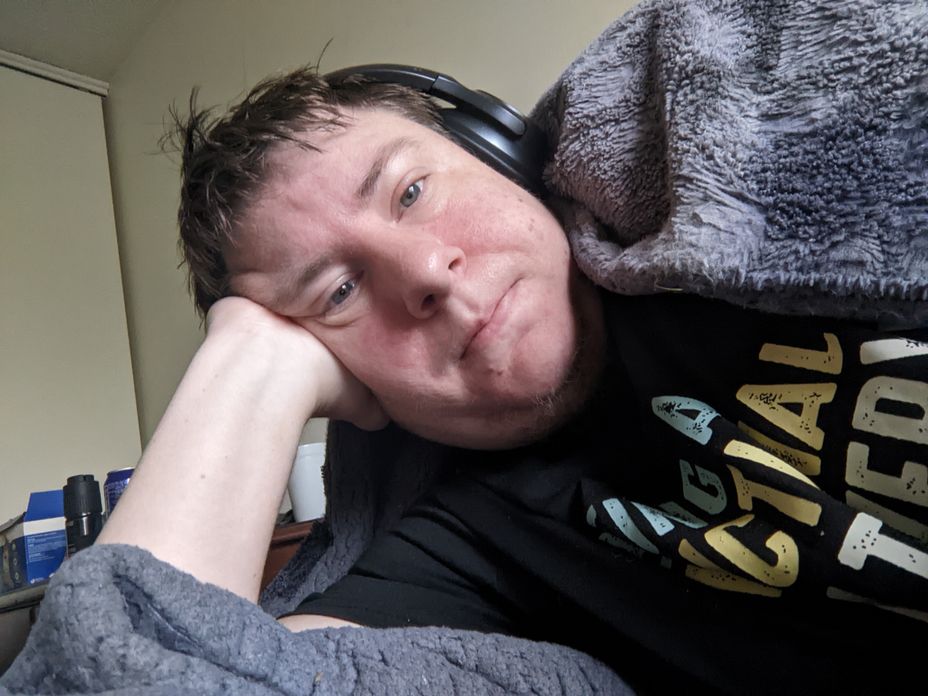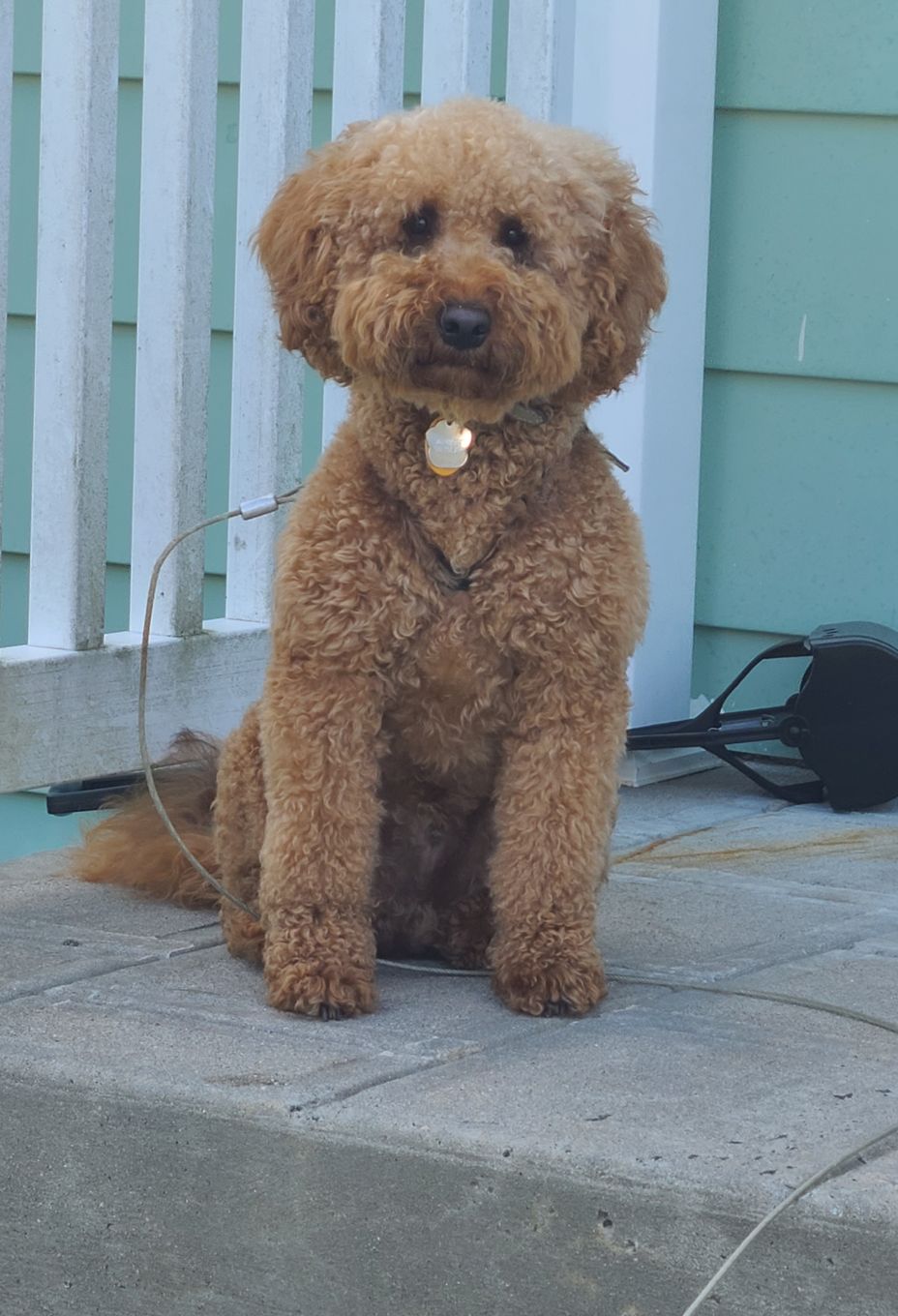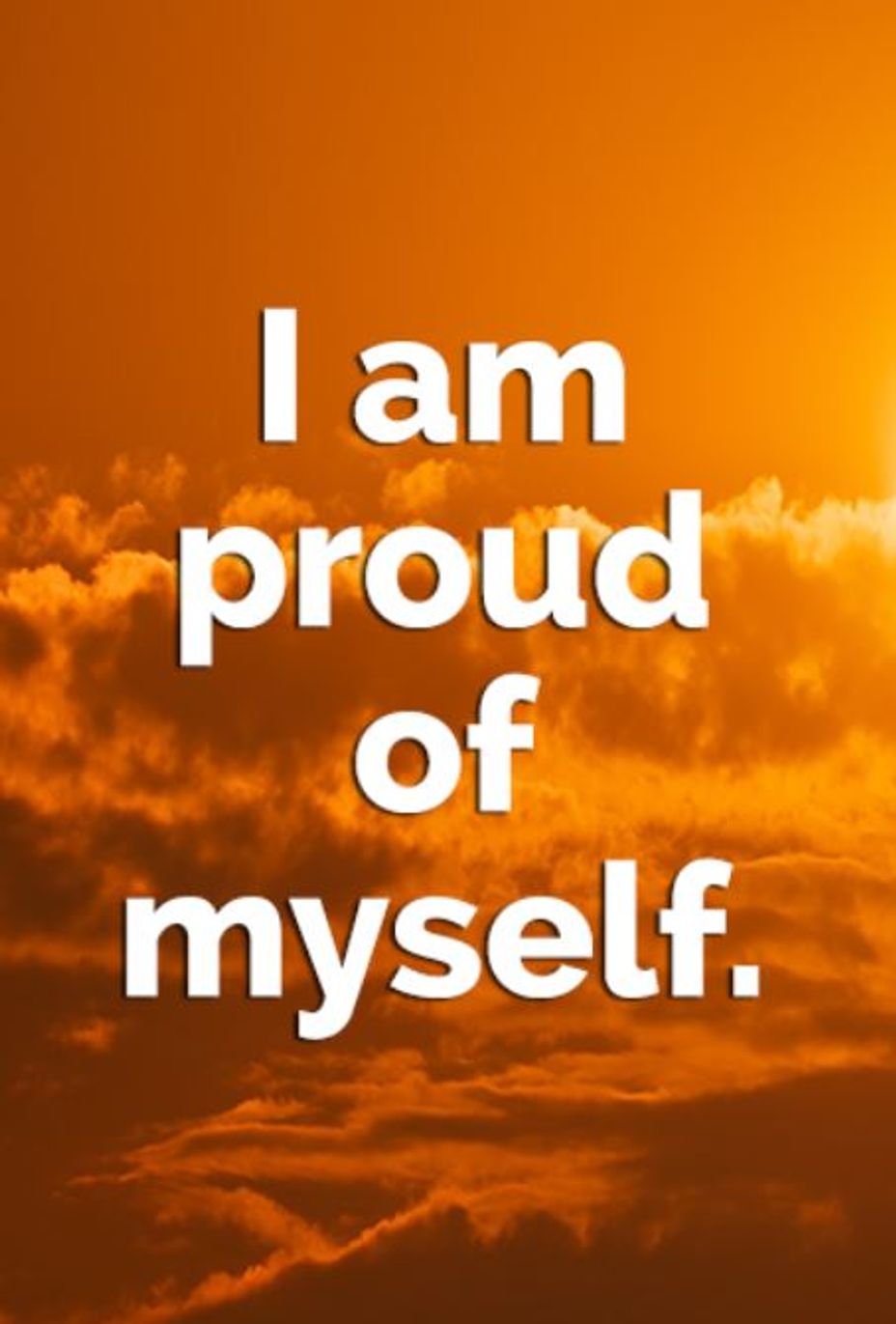I don’t GET how to Journal.
Often people with mental health disorders hear from therapists: “You should try journalling.”
Before we get to GET, here are a few reasons why journaling can help. First, it is a great way to put your thoughts out of your mind onto paper. It can also help you organize your thoughts, emotions, and tasks you have completed. It has been proven to elevate your mood, increase mindfulness, show you a new perspective, help make decisions, decrease amounts of stress, and assist in better sleep.
How can I journal?
I suggest you get yourself a personalized journal, as there are so many types and sizes. For me, I have an Italian leather-bound journal with a traditional ribbon to hold my place, with vintage maps of the world on it. Yours can be a favorite color/design, or have an animal or character on it, or even a positive saying or affirmation. I find writing it out is more effective for me than typing. Believe me, I have tried both on numerous occasions. Real paper can catch your tears in the darkest of times and love, to get stickers for those proud moments.
How do I journal?
I would first pick a time to journal. Every morning before you start your day or at night before bed. You can do both. Try to do it at the same time(s) every day. Grab your favorite pen and journal or laptop and find a quiet place. A playlist of music is always an option.
What is GET?
Okay Ted, give me the special formula to help me journal.”
GET is the acronym I use to structure my journaling. I journal every morning to set the table for the day.
G- Gratitude What are you grateful for? It has been proven to be helpful, if you list all you are grateful for in the morning or before you go to bed, but at least once per day, at the time of your choosing.
We learn gratitude helps people focus on the positive aspects of their life. Gratitude can help build and maintain relationships with others, resulting in hope, life satisfaction, and more proactive behaviors toward others (Passmore & Oades, 2016).
I always repeat “small” ones like freedom, fresh air, eyesight, hearing, and a cozy bed. I consistently end with “TODAY,” in all caps, because of how important it is. It can be three words or three lines. It is your journal.
E- Emotions Do not hold them in. In this section, you can list all emotions you are feeling. Often people with mental health conditions feel many emotions at the same time or don’t know how they feel. Check in with yourself. Note, do a Google search for “Emotion wheel,” and save it and/or print it out. It can really help you identify some different emotions, which are more detailed than just “sad” or “happy.”
T- Thoughts Here is where you have the space to release anything on your mind. If you are like me, I like to reflect on the previous day and set up the current day. I end with a positive “cheer” or encouraging words for myself, such as “You got this Ted!” No rules or use of proper grammar is necessary. The key is to try to empty whatever is on your mind. Dump out some tension or get yourself smiling as you reflect on some enjoyable moments you had.
What are some questions that can help prompt journal entries?
How do I feel this morning? What did I accomplish yesterday? What is one thing I am looking forward to today? What made me angry? What was the best part of today or yesterday?
How do I make it mine and when should I do it?
Be yourself, the key is to remember: this is not getting graded or proofread – it is for YOU! It should be done as a part of your daily routine. If you do it consistently for Thirty-Three days, it becomes a habit. Habit building is easy. The concept is to link journaling to a task you do every morning or night. For example, you can do it right after you brush your teeth, shower or before you get in bed for the night.
Hope this helps. Please comment if you are going to give it a try and share tips that work for you, as I love to hear from the Mighty community.
#MentalHealth #Men #selfcare









